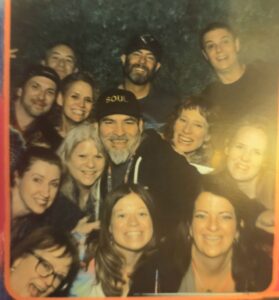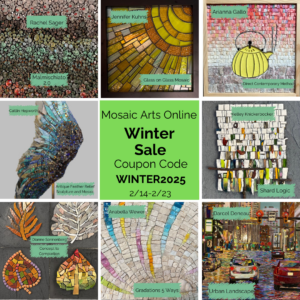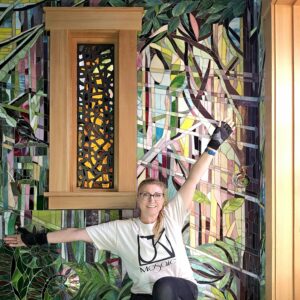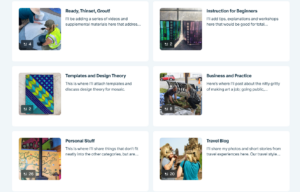I’ve had numerous requests for a workshop about designing for mosaic. Often, students in my classes mention that they hope to get some insight about how to work in my specific style. To be honest, I have no idea how to teach my own style without just giving you my drawings, and I’m not even sure that would be in my best interest as a self-employed artist. However, I’ve thought about trying to develop a workshop around honing your own mosaic style, and since my spring workshops are postponed and we are all stuck at home, I thought it might be worth writing out some thoughts.
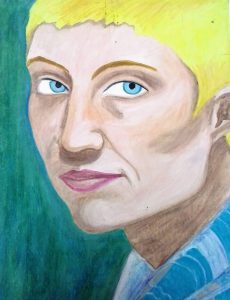
I was already a practicing crafter/artist before I discovered mosaic. I had experimented with nearly every creative process, and I even sold my work in a number of mediums. I was always artistic. I can’t remember a time in my life that I didn’t spend daily time drawing, and I grew up studying my world in terms of how one might render it; how the light hits an object and casts shadows, how a person’s face changes with different expressions, and how to make pictures from cast-off materials like candy wrappers and scrap paper. My mom was an art minor in college while I was a child, and I watched her painting and sculpting, eagerly gleaning whatever I could secondhand.
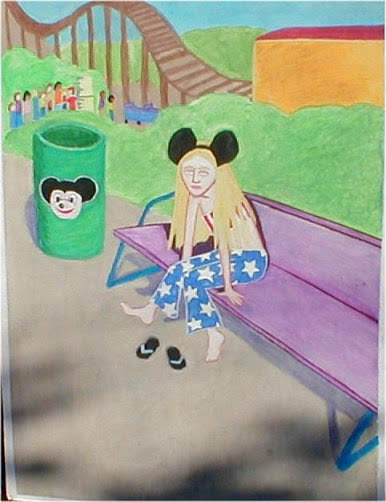

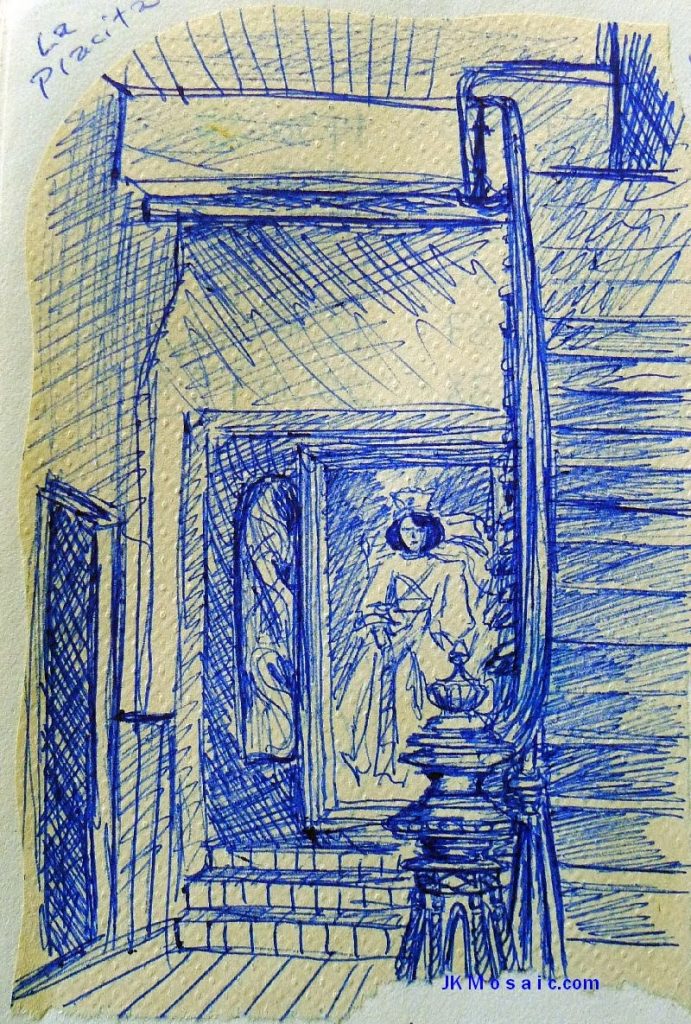
When I was a college student, I focused on humanities /anthropology but I took a lot of art classes, and used creative projects to supplement my assignments. One of the faculty for the first class I took as a college student was Marilyn Frasca. She incorporated lessons on the “art of seeing” that I’ve used for the rest of my life. We did exercises on looking, carefully scanning images, then describing or sketching them. I took every art class I could, some for credit/some not, in printmaking, life drawing, ceramics, and painting. All of these were vital to cultivating skills that can’t be learned in a weekend workshop.
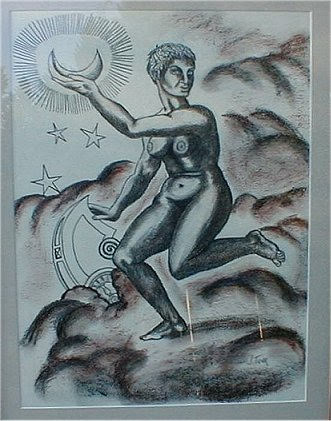
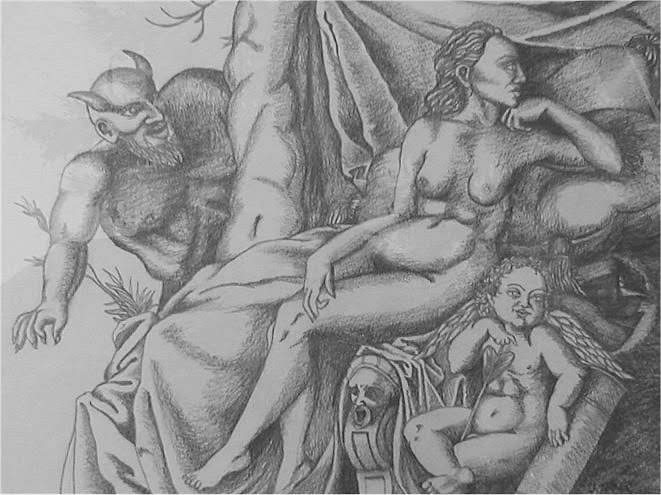
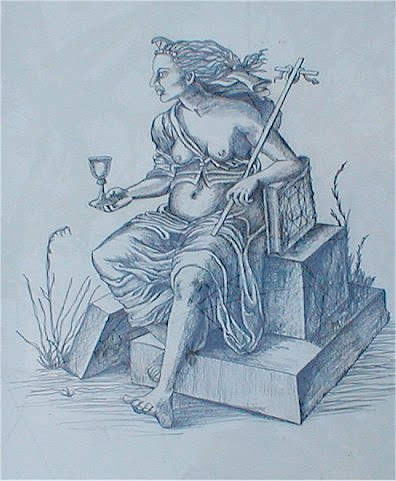
Still, by the end of college, I was painfully aware that I could draw and paint things realistically, but I had not found my “voice.” The only thing I had really honed in on was an expression of feminine strength, which I came to through an interest in women’s studies, mythology, and as a way of overcoming an eating disorder. At the age of 23, I began creating contemporary versions of women in mythology from classical artworks; especially woodcut designs by Jost Amman. By copying and changing Amman’s woodcuts, I practiced depicting and celebrating an ancient notion of the ideal feminine. I had delved deeply into the study of early religions, and I often turned Ammon’s woodcuts into Gnostic stories, or gave them other personal interpretations.
So, I guess my first lesson on how to hone your own artistic style is to 1) Practice Seeing. 2) Practice drawing. 3) Geek out on obscure subjects, and see how they are connected to you and things that are important to you. I am not certain that this is a good formula. But that was my meandering path. At the age of 30, I was making some (fairly bad) art around repeated themes and with a somewhat identifiable style emerging, when I discovered mosaic. And it would still be years before I began to master the medium and translate my ideas in a way that had some level of sophistication, some of the time anyway.

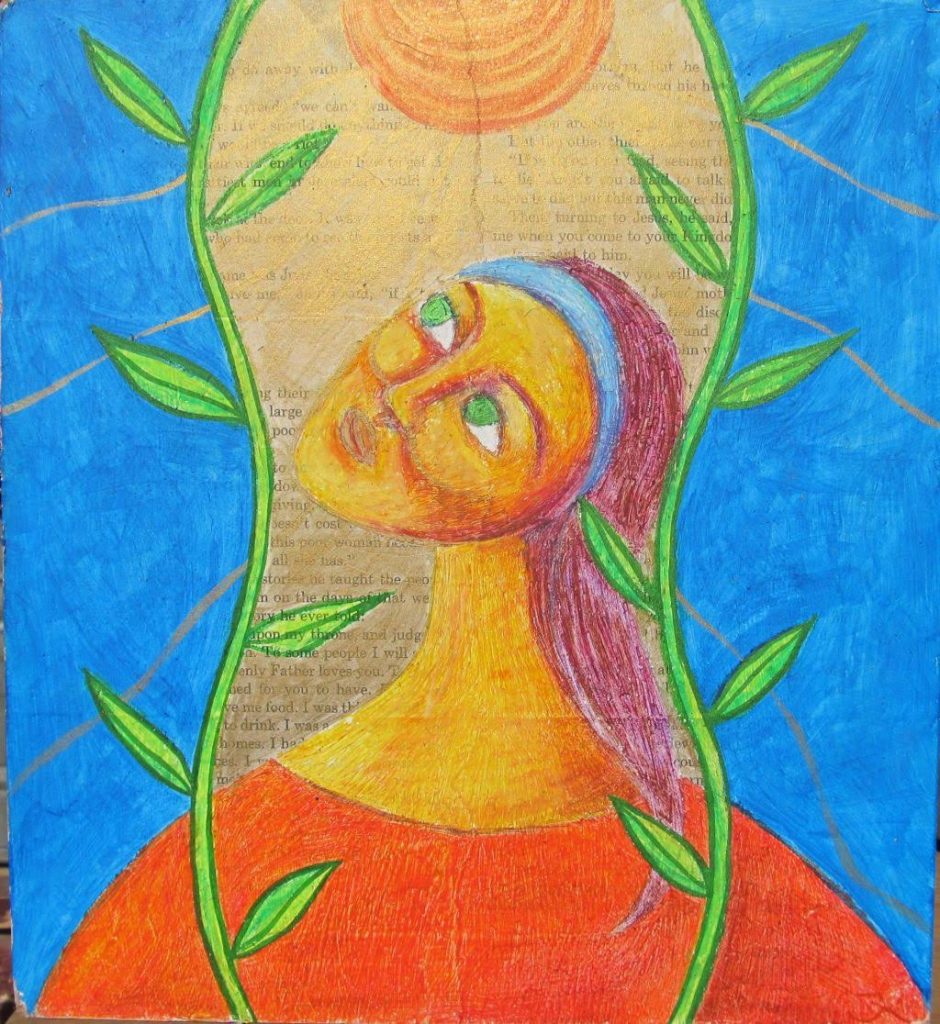
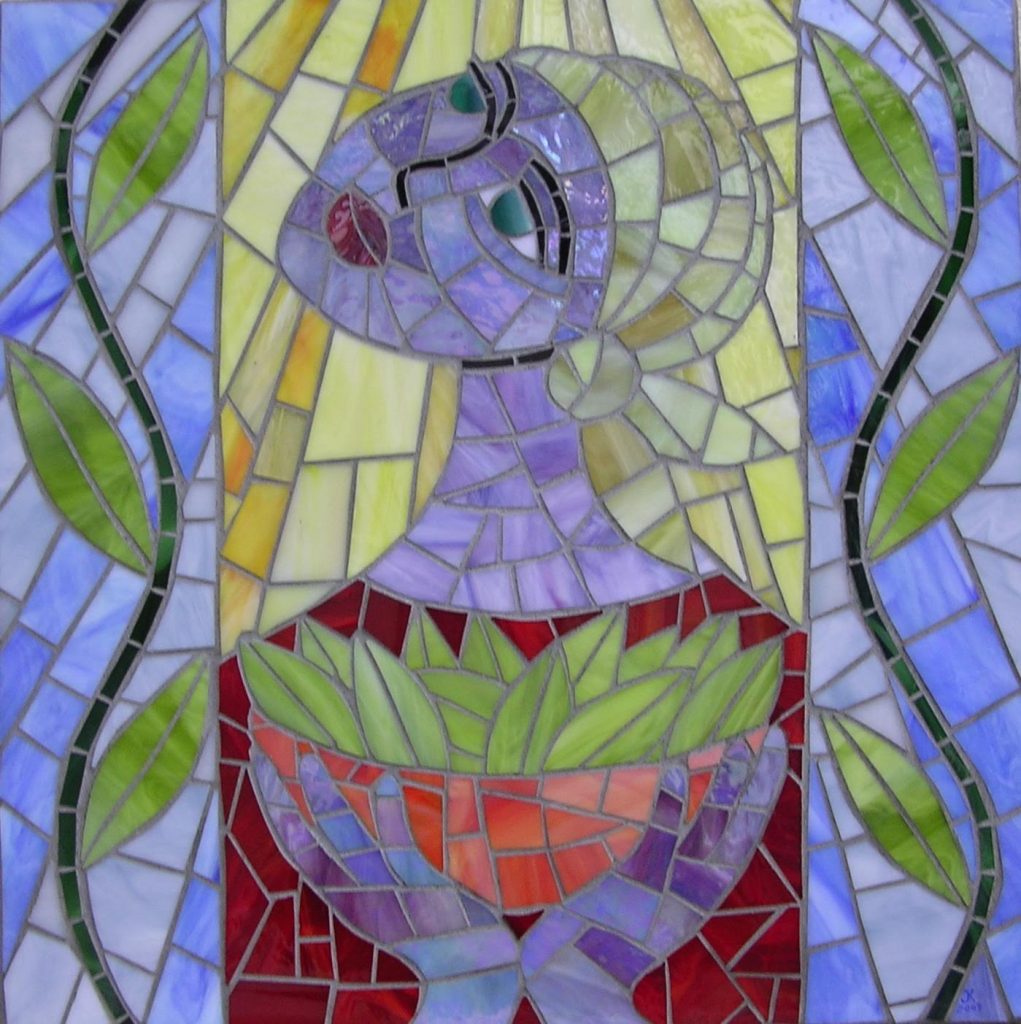
20 years later, I am still aware that my style is mostly decorative and whimsical, and I’m not an artist who challenges conventions or reveals profound truths. More than anything, I love making objects of beauty. But, I have had so many suggestions to teach design, that I will continue writing about the topic and see if I can get some clarity in a way that is useful to other artists. I am starting with a series of blog posts, and if it seems valuable to people, I will transform them into a workshop. I welcome your feedback!
For now, I challenge you to draw every day. Draw common objects; the coffee cup or wine glass, the way the corners of the room line up, noting how the light and shadow affect the colors. Draw yourself. If you are more of an abstract artist, draw your angst and hope, or your boredom. Read a passage from a book, and make art that responds to it. Tear pages from a magazine and make a collage. Look for art prompts online that sound interesting. You can even use tracing paper to outline images – it’s great practice for finding the lines and shapes that are the building blocks of drawings. Practice seeing and practice expressing. You may even find this cathartic in these crazy uncertain times. And stay well, everyone!


